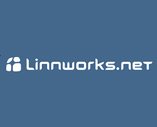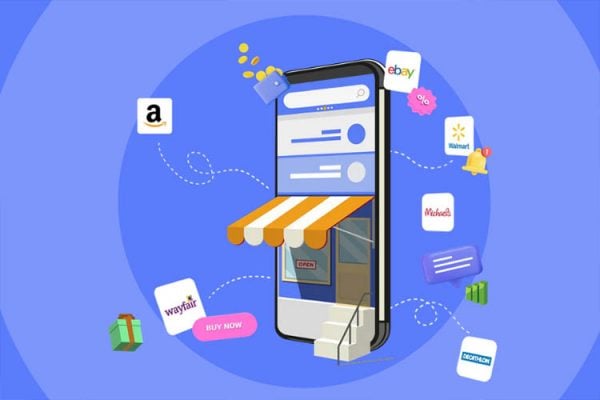 David Brackin is a regular contributor to Tamebay and is the co-founder of Stuff U Sell. He has sold over 250,000 different items on eBay. He was at the Linnworks Academy event in Reading when Linnworks soft-launched Linnworks.net.
David Brackin is a regular contributor to Tamebay and is the co-founder of Stuff U Sell. He has sold over 250,000 different items on eBay. He was at the Linnworks Academy event in Reading when Linnworks soft-launched Linnworks.net.
What is Linnworks.net?
Many organisations face the challenge of how to adopt wholesale technological updates while maintaining an existing user base: eBay itself struggles with its legacy technology base, but it’s hard to start afresh when you’re supporting millions of transactions each day. One developer likened it to “completing a full service of your car – while driving in the outside lane of the motorway”! So how do you do this well? Probably best to hold the steering steady.
Too many organisations try to change everything at the same time and build something entirely foreign to users on an entirely new technology, which leads to slow adoption rates and the pain of supporting both the old and new platforms. So how are Linnworks adapting to the challenge of moving off the desktop? We went to the Linnworks Academy to find out.
 Fedor, the brains behind Linnworks, is clearly very excited to announce their newest product, Linnworks.net. He hops from foot to foot as he unveils his new system to a packed room at the Microsoft building in Reading. It’s been the result of two years’ work and has been the main focus of the development team. But what is it?
Fedor, the brains behind Linnworks, is clearly very excited to announce their newest product, Linnworks.net. He hops from foot to foot as he unveils his new system to a packed room at the Microsoft building in Reading. It’s been the result of two years’ work and has been the main focus of the development team. But what is it?
It’s the same. And yet better. It is the cloud implementation of the Linnworks application. Linnworks has cleverly decided to make the interface almost identical to the current desktop implementation – the functionality looks similar in each of the pages, just in a browser instead of a local programme. As a user, I’ve tried using the pages and they are reassuringly familiar. It will be extremely easy to train my team to use this instead of the application – and no more installing and downloading to warehouse PCs.
So what? If it looks the same, why bother?
Migration to the cloud puts Linnworks on a whole different footing across the whole business – from support to development. The logs are now accessible to tech support so they can proactively look for support issues for rather than sit waiting for tickets. Features can be updated without clunky patches. Views can be easily shared between users.
But the issue with browser-based systems is that they tend to be good for reporting and management but terrible for printing. So does this all hobble the actual business of getting orders processed? The view of open orders is reassuringly familiar – but will it print? That’s where the really cool virtual printer application comes in – this allows the web application to print directly to printers seen locally on the machine as if it were a desktop application. Impressive.
Where next?
The cloud basis means that innovations are now possible – Linnworks is offering external developers the ability to write add-on applications which will be available in the Linnworks Application Store – all within Linnworks.net. Linnworks have also committed to base development on feedback from the user feedback through their shared “uservoice” pages where users can upload and vote on suggested developments.
I like this new manifestation of Linnworks, and I’ll be migrating to use it, but will I do it before the Q4 peak? I’m not sure. One of the reassuring things which Fedor insists upon is that no user will be forced off the old desktop platform – it will stay there as long as users need it. As a user this is deeply reassuring as it says to me that this team believe that they have really built something better and that users will want to voluntarily migrate rather than be forced to change. This means change will be adopted at my pace according to the benefits that I perceive. Other product managers take note: this is best in class!









